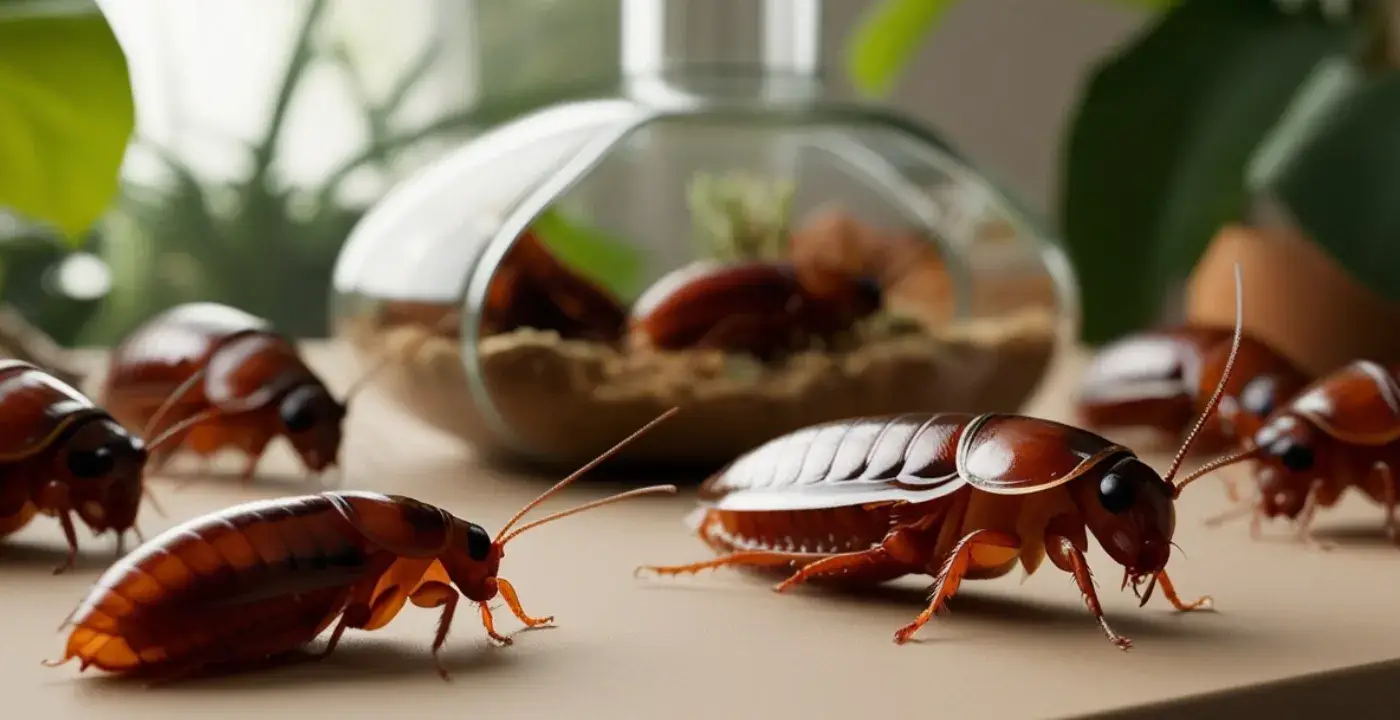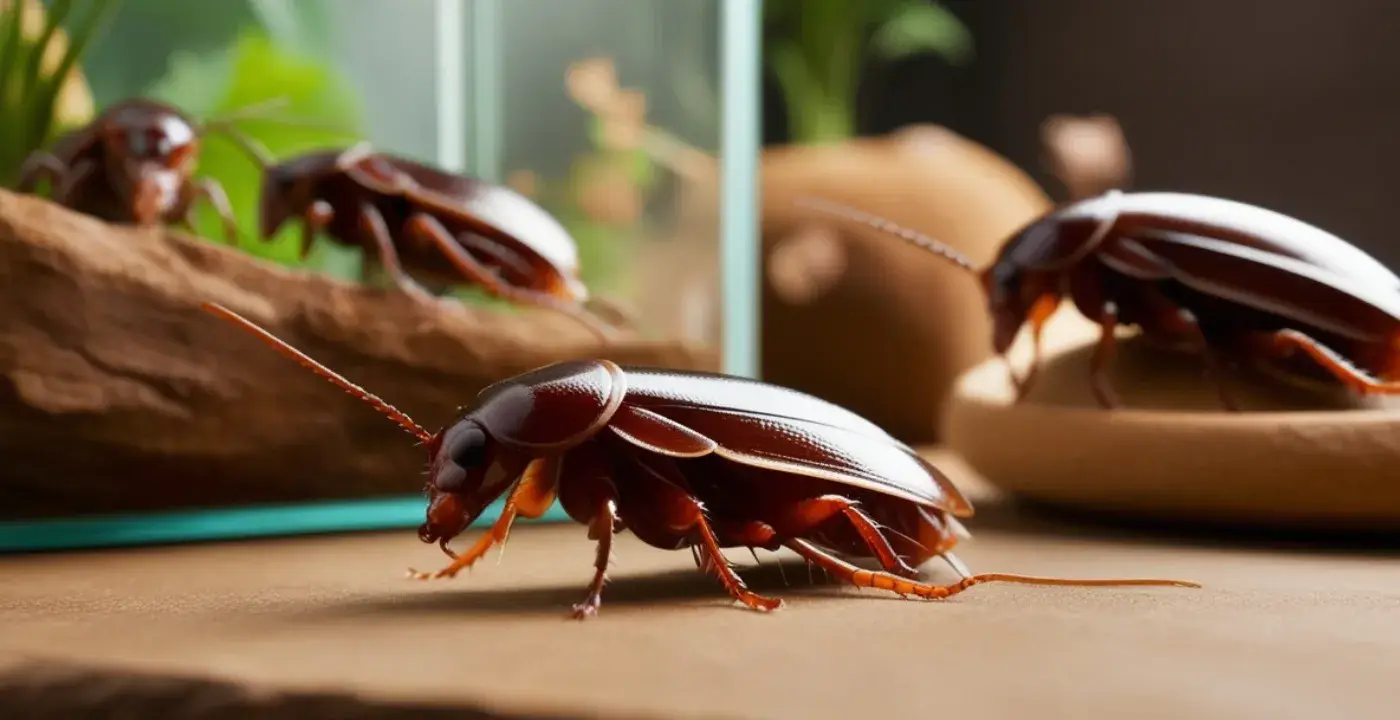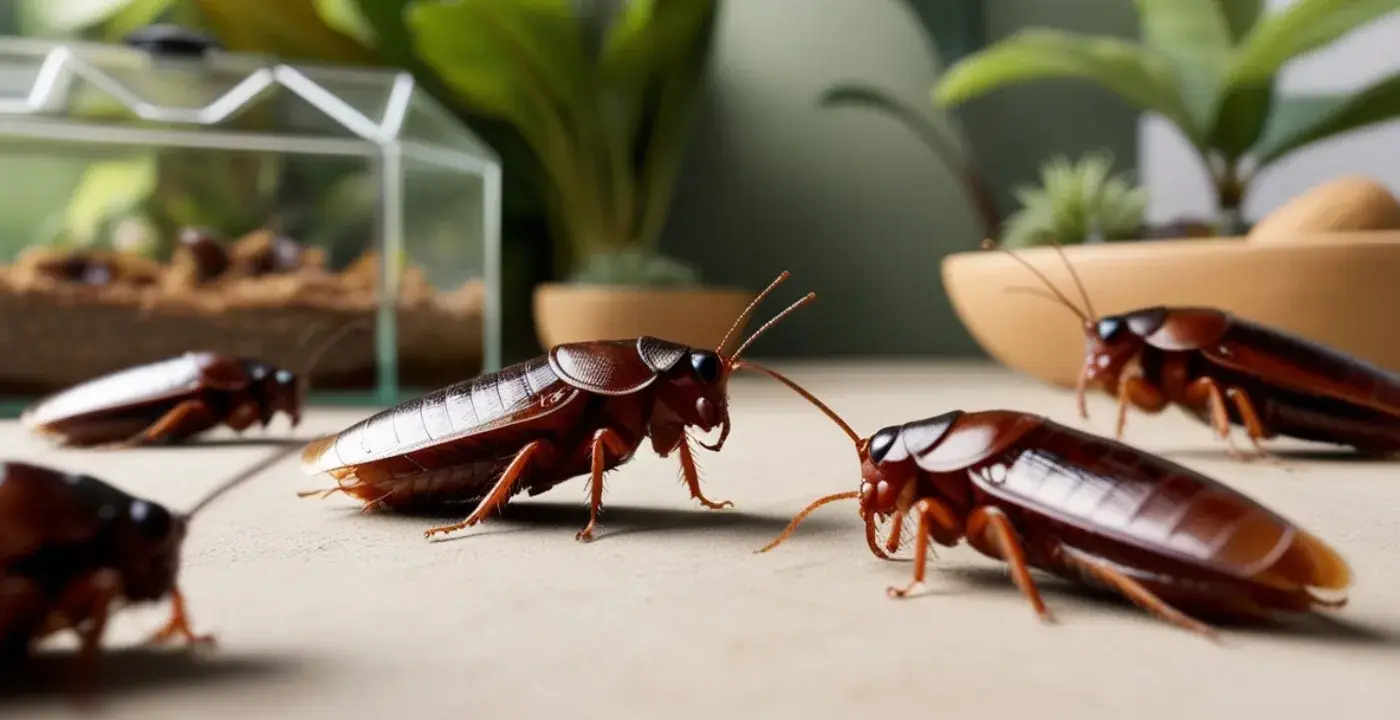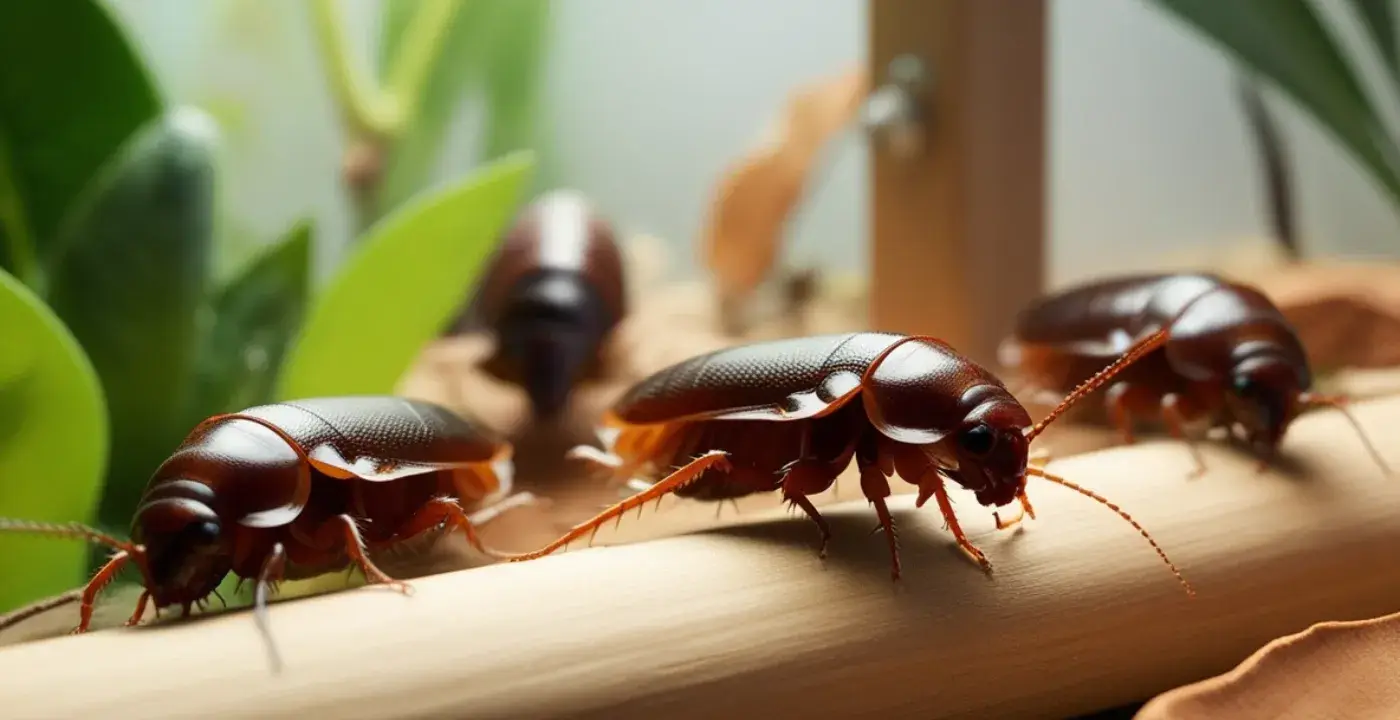If you’ve ever wondered, “What are Dubia roaches used for?” you’re not alone. These small, hardy insects have become a staple in the world of reptile care, sustainable pet feeding, and even scientific research. Dubia roaches (Blaptica dubia) are more than just creepy crawlies—they’re a versatile resource with a wide range of applications. Whether you’re a reptile enthusiast, a pet owner, or simply curious about these fascinating creatures, this guide will explore everything you need to know about Dubia roaches and their many uses.
Why Dubia Roaches Are Gaining Popularity

Dubia roaches are native to Central and South America, where they thrive in warm, humid environments. Unlike common household roaches, Dubia roaches are not pests. In fact, they are highly valued for their nutritional benefits, ease of care, and eco-friendly nature. Over the past decade, their popularity has skyrocketed, particularly among reptile owners and breeders. But what makes them so special? Let’s dive in.
The Primary Uses of Dubia Roaches
Nutritious Feeder Insects for Reptiles and Exotic Pets
Dubia roaches are widely recognized as one of the best feeder insects for reptiles, amphibians, and other exotic pets. Here’s why:
- High Nutritional Value: Dubia roaches are packed with protein, essential amino acids, and healthy fats. They also have a balanced calcium-to-phosphorus ratio, which is crucial for preventing metabolic bone disease in reptiles.
- Low Chitin Content: Unlike mealworms or crickets, Dubia roaches have a softer exoskeleton, making them easier to digest for pets.
- Long Lifespan: They live longer than many other feeder insects, reducing waste and ensuring a steady food supply.

Quick Tip: Dust Dubia roaches with calcium or vitamin supplements before feeding them to your pets for an extra nutritional boost.
Sustainable and Eco-Friendly Protein Source
As the world seeks sustainable alternatives to traditional livestock, Dubia roaches are emerging as a viable option. Here’s how they contribute to sustainability:
- Low Environmental Impact: Dubia roaches require minimal space, water, and food compared to traditional livestock like cows or chickens.
- High Reproduction Rate: A single female can produce hundreds of offspring in her lifetime, making them a highly efficient protein source.
- Reduced Carbon Footprint: Farming Dubia roaches generates significantly fewer greenhouse gases than conventional livestock farming.
Did You Know? Some companies are already exploring the use of Dubia roaches in protein powders and pet food, paving the way for a more sustainable future.
Scientific Research and Education
Dubia roaches are also valuable in scientific research and educational settings. Their hardy nature and rapid reproduction make them ideal for studying topics like:
- Insect Behavior: Researchers use Dubia roaches to study social behavior, mating patterns, and survival strategies.
- Nutritional Studies: Their high protein content makes them a useful model for studying dietary impacts on growth and health.
- Classroom Learning: Dubia roaches are often used in schools to teach students about insect biology, ecosystems, and sustainability.
Composting and Waste Management
Believe it or not, Dubia roaches can play a role in composting and waste reduction. Here’s how:
- Efficient Decomposers: They can break down organic waste, such as fruit and vegetable scraps, into nutrient-rich compost.
- Low Maintenance: Unlike traditional composting methods, Dubia roaches require little effort to maintain and can process waste quickly.
Pro Tip: If you’re into gardening, consider using Dubia roach compost to enrich your soil naturally.
Common Misconceptions About Dubia Roaches
Despite their many benefits, Dubia roaches are often misunderstood. Let’s debunk some common myths:
Myth 1: Dubia Roaches Are Pests
Unlike common roaches, Dubia roaches are not invasive or harmful. They cannot survive in cold climates and are unlikely to infest your home.
Myth 2: Dubia Roaches Are Difficult to Care For
On the contrary, Dubia roaches are relatively easy to care for. They require a warm, humid environment, a steady supply of food and water, and minimal maintenance.
Myth 3: Dubia Roaches Are Only for Reptiles
While they are popular among reptile owners, Dubia roaches have a wide range of uses, from sustainable protein sources to educational tools.
How to Care for Dubia Roaches
If you’re considering raising Dubia roaches, here’s a step-by-step guide to get started:
1: Set Up the Enclosure
- Use a plastic bin or tank with ventilation holes.
- Maintain a temperature of 80–95°F (27–35°C) and a humidity level of 40–60%.
2: Provide Food and Water
- Feed them a diet of fresh fruits, vegetables, and high-protein grains.
- Use water crystals or a shallow dish with a sponge to prevent drowning.
3: Monitor and Maintain
- Clean the enclosure regularly to prevent mold and bacteria buildup.
- Separate nymphs from adults to control population growth.
Quick Tip: Add egg cartons or cardboard tubes to the enclosure to provide hiding spots and maximize space.
The Future of Dubia Roaches

As the demand for sustainable and nutritious resources grows, Dubia roaches are likely to play an even bigger role in various industries. From pet care to scientific research, their versatility and eco-friendly nature make them a valuable asset.
Conclusion: Why Dubia Roaches Matter
So, what are Dubia roaches used for? As we’ve explored, these remarkable insects serve a variety of purposes, from being a nutritious food source for pets to contributing to sustainability and scientific research. Their ease of care, low environmental impact, and high nutritional value make them a standout choice for reptile owners, researchers, and eco-conscious individuals alike.
By understanding the many uses of Dubia roaches, you can make informed decisions about incorporating them into your life—whether as a pet feeder, a composting aid, or even a sustainable protein source.
Call to Action: Have you used Dubia roaches before? Share your experiences in the comments below, or explore our related posts on reptile care and sustainable living for more tips and insights! Drguidez.

Mark Manson is an expert blogger specializing in Dubia Roaches. He shares practical care tips, breeding insights, and feeding advice to help enthusiasts and reptile owners thrive.

